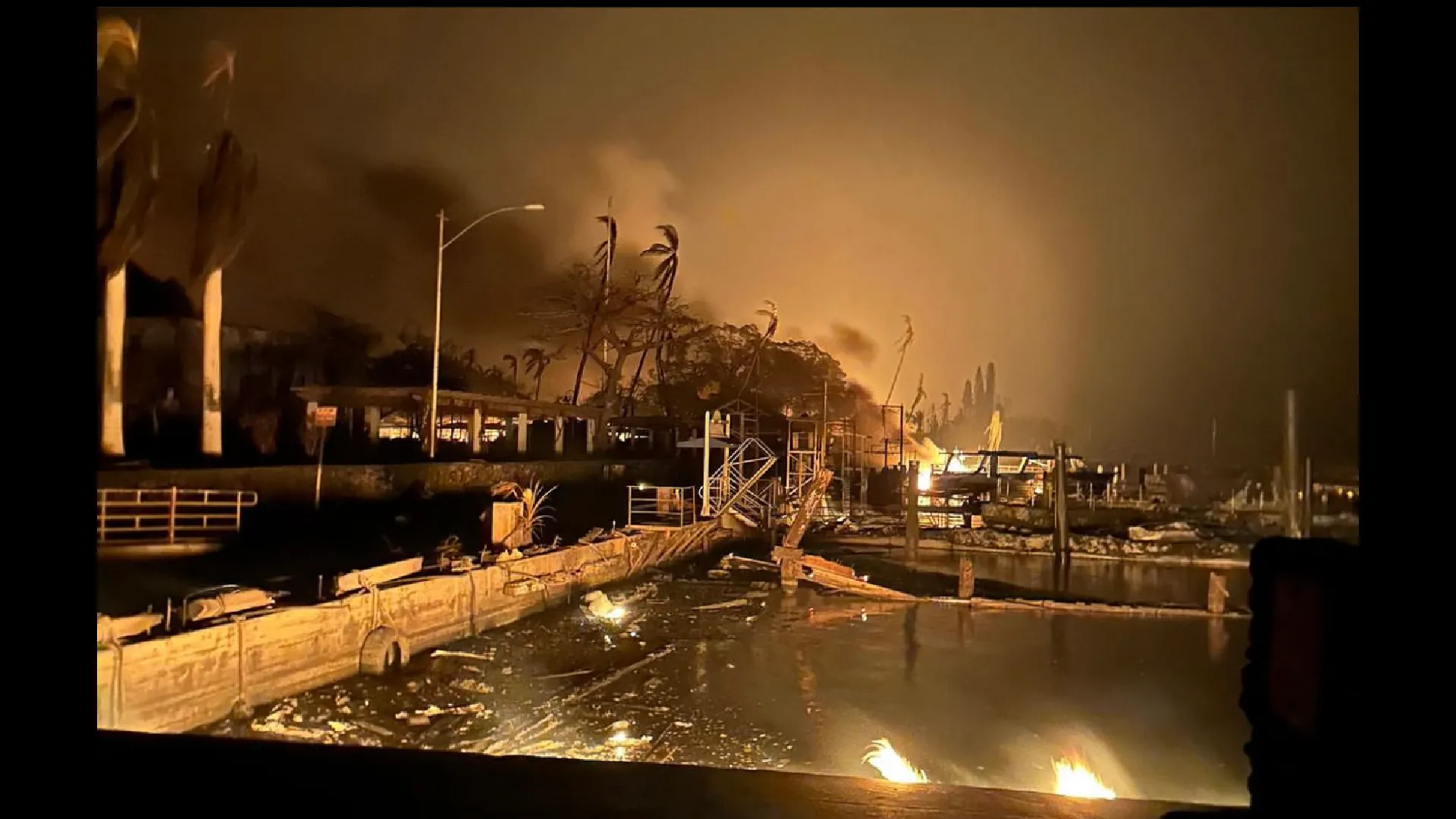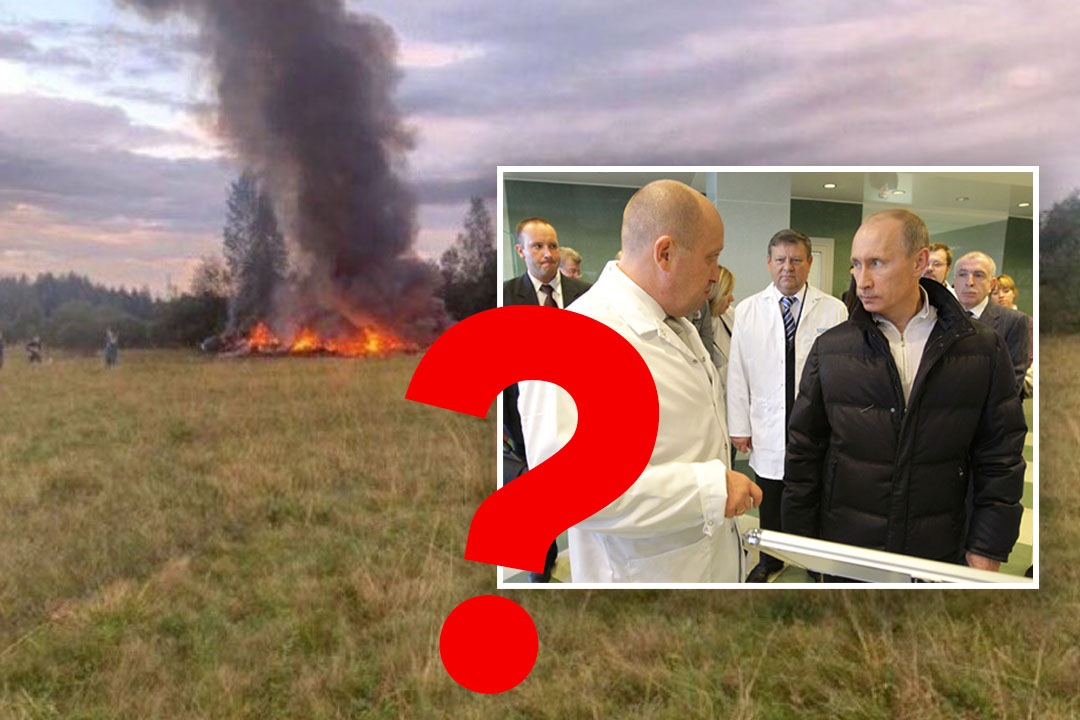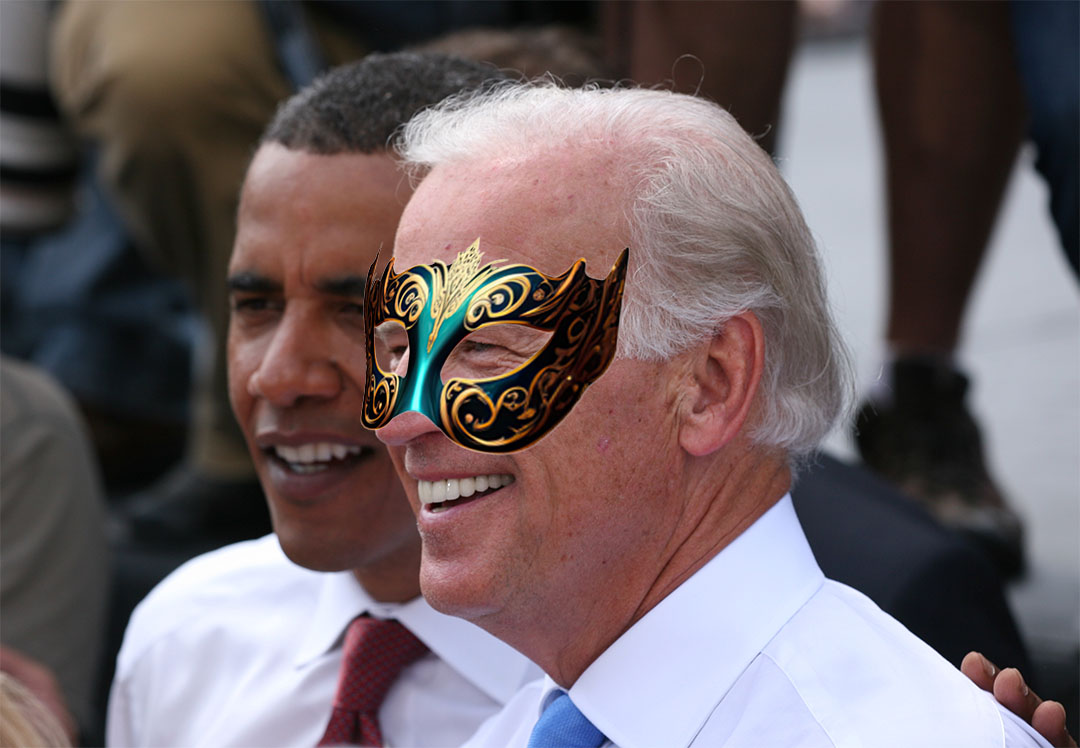Lahaina, Maui experiences catastrophic wildfires.
Lahaina, Maui Wildfires: Unprecedented Tragedy or Déjà Vu?
August 12, 2023 1:40 PM EDT
Lahaina, Maui, has recently experienced catastrophic fires that have shaken the entire state of Hawaii. These fires have become the deadliest natural disaster the state has faced in over six decades, with at least 80 fatalities and widespread destruction. As the community grapples with the aftermath of this tragedy, questions arise about whether this was an unprecedented event or a case of missed warning signs. Looking back at the 2018 fire that started under similar conditions, it becomes evident that there were indeed warning signs that were not adequately addressed.


Hawaii officials have now acknowledged that they underestimated the threat of wildfires and lacked the necessary resources to mitigate them effectively. Reports from the past five years have consistently highlighted the increasing risk of fires, which can be exacerbated by hurricane-force winds. However, the state emergency management agency's public resources webpage lacks clear recommendations for wildfires, focusing instead on hurricanes, tsunamis, floods, and earthquakes. This oversight has left communities vulnerable and unprepared for the devastating consequences of wildfires.
One of the key factors contributing to the severity of these fires is the insufficient state budgets for fire management. As fire conditions worsen, the state budgets have failed to keep pace, leaving communities like Maui facing the brunt of the consequences. The island has also been grappling with worsening drought conditions in recent years, further exacerbating the fire risk. Additionally, non-native grass species introduced to the island act as kindling in dry conditions, fueling the intensity and spread of the fires.
Maui's unique geography, with coastal towns surrounded by mountains and grasslands, significantly increases the risk of fires. The close proximity of these towns to the vast expanses of dry grasslands creates a dangerous environment, making it easier for fires to spread rapidly and engulf residential areas. This geographical factor, combined with the lack of preparedness for both hurricanes and wildfires, has left communities vulnerable and ill-equipped to handle such disasters.
Lt. Gov. Sylvia Luke has emphasized that the combination of hurricanes and wildfires is outside the normal paradigm for emergency responders. This highlights the urgent need for the state to take fire prevention more seriously in vulnerable areas. The recent devastation in Lahaina should serve as a wake-up call, urging authorities to prioritize fire prevention measures and allocate sufficient resources to mitigate the risks.
Looking back at the 2018 fires in Maui, it becomes clear that there were missed warning signs. The Kauaʻula/Puʻunoa fire, which burned 1,500 acres, damaged or destroyed 21 residential structures, and caused one civilian injury, was fueled by strong winds associated with Hurricane Lane. This event should have served as a clear indication of the potential for devastating fires under similar conditions. Additionally, the Māʻalaea fire and a third fire in Kāʻanapali occurred during the same time period, further highlighting the need for proactive measures to prevent and mitigate such disasters.
Governor Josh Green has emphasized the need for prevention to avoid similar tragedies in the future. The destruction in Lahaina should serve as a lesson for the entire state of Hawaii, urging authorities to take fire prevention more seriously in vulnerable areas. The state must allocate sufficient budgets, develop clear recommendations for wildfires, and work towards building a resilient community that can effectively respond to and mitigate the risks associated with wildfires.
As Lahaina mourns its losses and begins the arduous process of rebuilding, it is crucial for the state to learn from this unprecedented tragedy. By addressing the missed warning signs, investing in fire prevention measures, and prioritizing the safety of vulnerable communities, Hawaii can ensure that such devastating disasters are not repeated in the future. Only through proactive measures and a commitment to change can the state protect its residents and preserve the natural beauty that makes Hawaii so unique.
Lahaina’s historic 150-year-old banyan tree was once filled with bright green leaves and sweeping branches. Now, it's been badly scorched by wildfires – but it's still alive. https://t.co/qb1w7kafSw
— CNN (@CNN) August 12, 2023
One of the key factors contributing to the severity of these fires is the insufficient state budgets for fire management. As fire conditions worsen, the state budgets have failed to keep pace, leaving communities like Maui facing the brunt of the consequences. The island has also been grappling with worsening drought conditions in recent years, further exacerbating the fire risk. Additionally, non-native grass species introduced to the island act as kindling in dry conditions, fueling the intensity and spread of the fires.
Maui's unique geography, with coastal towns surrounded by mountains and grasslands, significantly increases the risk of fires. The close proximity of these towns to the vast expanses of dry grasslands creates a dangerous environment, making it easier for fires to spread rapidly and engulf residential areas. This geographical factor, combined with the lack of preparedness for both hurricanes and wildfires, has left communities vulnerable and ill-equipped to handle such disasters.
Lt. Gov. Sylvia Luke has emphasized that the combination of hurricanes and wildfires is outside the normal paradigm for emergency responders. This highlights the urgent need for the state to take fire prevention more seriously in vulnerable areas. The recent devastation in Lahaina should serve as a wake-up call, urging authorities to prioritize fire prevention measures and allocate sufficient resources to mitigate the risks.
Historic Lahaina District Before & After the Wildfires#LahainaStrong #MauiFire #BeforeAfter
— Maui Now (@MauiNOW) August 10, 2023
More Photos @ https://t.co/ufvlhF6ksQ pic.twitter.com/i5elg9z8N2
Looking back at the 2018 fires in Maui, it becomes clear that there were missed warning signs. The Kauaʻula/Puʻunoa fire, which burned 1,500 acres, damaged or destroyed 21 residential structures, and caused one civilian injury, was fueled by strong winds associated with Hurricane Lane. This event should have served as a clear indication of the potential for devastating fires under similar conditions. Additionally, the Māʻalaea fire and a third fire in Kāʻanapali occurred during the same time period, further highlighting the need for proactive measures to prevent and mitigate such disasters.
Governor Josh Green has emphasized the need for prevention to avoid similar tragedies in the future. The destruction in Lahaina should serve as a lesson for the entire state of Hawaii, urging authorities to take fire prevention more seriously in vulnerable areas. The state must allocate sufficient budgets, develop clear recommendations for wildfires, and work towards building a resilient community that can effectively respond to and mitigate the risks associated with wildfires.
As Lahaina mourns its losses and begins the arduous process of rebuilding, it is crucial for the state to learn from this unprecedented tragedy. By addressing the missed warning signs, investing in fire prevention measures, and prioritizing the safety of vulnerable communities, Hawaii can ensure that such devastating disasters are not repeated in the future. Only through proactive measures and a commitment to change can the state protect its residents and preserve the natural beauty that makes Hawaii so unique.
No, Really?! There's More News:
 Did Yevgeny Prigozhin Stage His Own Death? Plane Crash Investigation Raises Questions
Did Yevgeny Prigozhin Stage His Own Death? Plane Crash Investigation Raises Questions  Prominent Wagner Figure Suspected to be Aboard Plane That Crashed in Russia
Prominent Wagner Figure Suspected to be Aboard Plane That Crashed in Russia  Sources Discredit TMZ's Reconciliation Story Involving Britney Spears and Jamie Spears
Sources Discredit TMZ's Reconciliation Story Involving Britney Spears and Jamie Spears  President Biden's use of pseudonyms in emails raises questions about transparency and accountability
President Biden's use of pseudonyms in emails raises questions about transparency and accountability